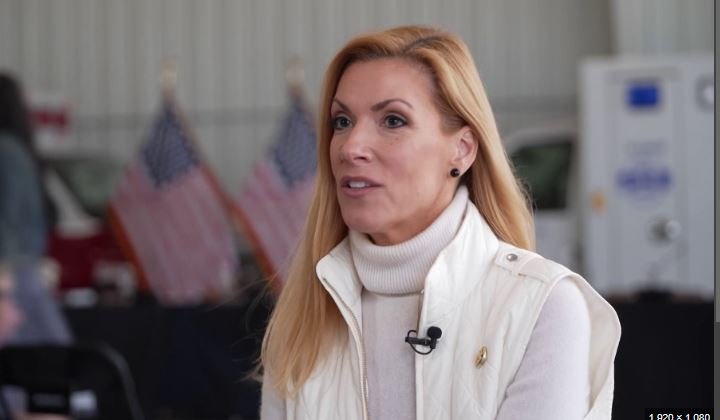Government’s role in healthcare accessibility is essential in ensuring that citizens have equal access to healthcare services regardless of their economic or social status. By implementing policies, allocating resources, and improving infrastructure, governments can address healthcare disparities and improve overall public health. Accessibility to healthcare is not just about the availability of services but also about affordability, quality, and proximity to these services. In this post, we will explore how governments enhance healthcare accessibility, challenges they face, and the key initiatives that make a difference.

1. Policy-Making and Healthcare Legislation
One of the primary ways governments influence healthcare accessibility is through legislation and policymaking. Governments set the regulatory framework that governs the healthcare sector, ensuring that the right to healthcare is protected and that services are available to all. For example, many countries have introduced universal healthcare systems that aim to provide all citizens with access to essential medical services without the burden of financial hardship.
Policies around healthcare funding, insurance coverage, and patient rights are essential in closing gaps in accessibility. Governments also enforce health regulations that ensure hospitals and healthcare facilities meet minimum standards, safeguarding both the quality and reach of medical care. In addition, they regulate the pharmaceutical industry, ensuring access to affordable and essential medications.
2. Funding and Resource Allocation
Effective healthcare accessibility requires adequate funding from the government to ensure that healthcare services are both available and affordable. Governments must allocate a significant portion of the national budget to the healthcare sector to build and maintain infrastructure, hire medical professionals, and subsidize treatments for vulnerable populations. Public health programs, such as vaccinations, maternal care, and disease prevention initiatives, rely heavily on government funding to reach under-served communities.
Furthermore, governments often create social health insurance schemes or partnerships with private healthcare providers to broaden access. In countries where healthcare services are mainly privatized, government subsidies or insurance programs for low-income families ensure that even the most disadvantaged have access to necessary healthcare.
3. Infrastructure Development
Healthcare infrastructure is another critical area where governments play a key role. Building and maintaining hospitals, clinics, and community health centers in both urban and rural areas is fundamental to ensuring that healthcare is accessible to all citizens. In many developing countries, lack of infrastructure remains a significant barrier to healthcare, and governments are working towards bridging this gap.
By investing in transportation systems that connect patients with healthcare facilities, especially in remote areas, governments help make healthcare more physically accessible. Additionally, governments invest in healthcare technologies, such as telemedicine and mobile health applications, which allow for virtual consultations and remote monitoring, improving access to healthcare services for those in distant regions.
4. Addressing Healthcare Inequities
Governments also play a pivotal role in reducing healthcare accesss by targeting marginalized and vulnerable populations. This includes people living in poverty, rural residents, ethnic minorities, and individuals with disabilities. By developing programs that cater specifically to these groups, governments can create more equitable healthcare systems.
Public health campaigns, targeted outreach programs, and subsidies for low-income families are some examples of how governments work to reduce barriers to healthcare. For instance, free immunization programs, public health education, and community health services are common measures that improve access to care in underserved regions.
5. Challenges in Healthcare Accessibility
Despite their efforts, governments face numerous challenges in improving healthcare accessibility. These include budget constraints, political instability, and healthcare worker shortages, particularly in rural areas. Additionally, as healthcare costs continue to rise, governments struggle to balance providing high-quality care with affordability. The aging global population and the rise of chronic diseases place further strain on healthcare systems, making it even more critical for governments to find sustainable solutions.
Healthcare inequities also persist due to social and economic disparities, leading to unequal distribution of resources. Rural and low-income communities often suffer from a lack of medical professionals, medications, and modern healthcare technologies, making government intervention in these areas more important than ever.
Conclusion
The government’s role in healthcare accessibility is indispensable in shaping a healthcare system that serves all citizens fairly and equitably. Through legislation, funding, and infrastructure development, governments can ensure that healthcare services are affordable, available, and of high quality. While challenges like funding and inequities persist, governments continue to play a vital role in addressing these issues to improve healthcare access. By working closely with private sectors, local communities, and international organizations, governments can ensure that everyone, regardless of their background or financial status, receives the medical care they need.

